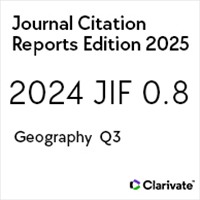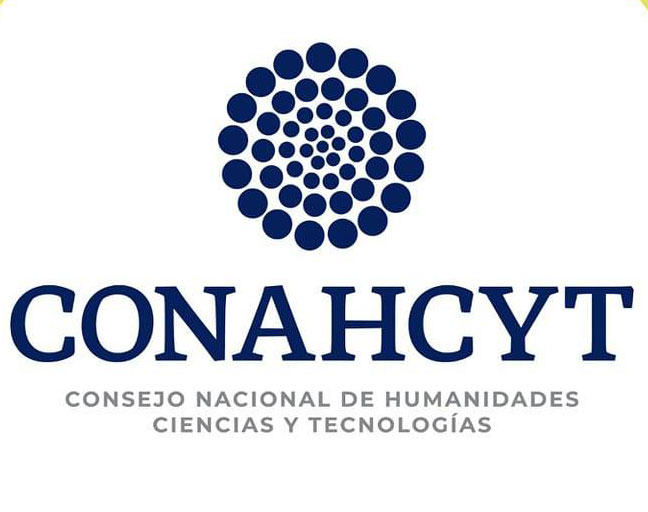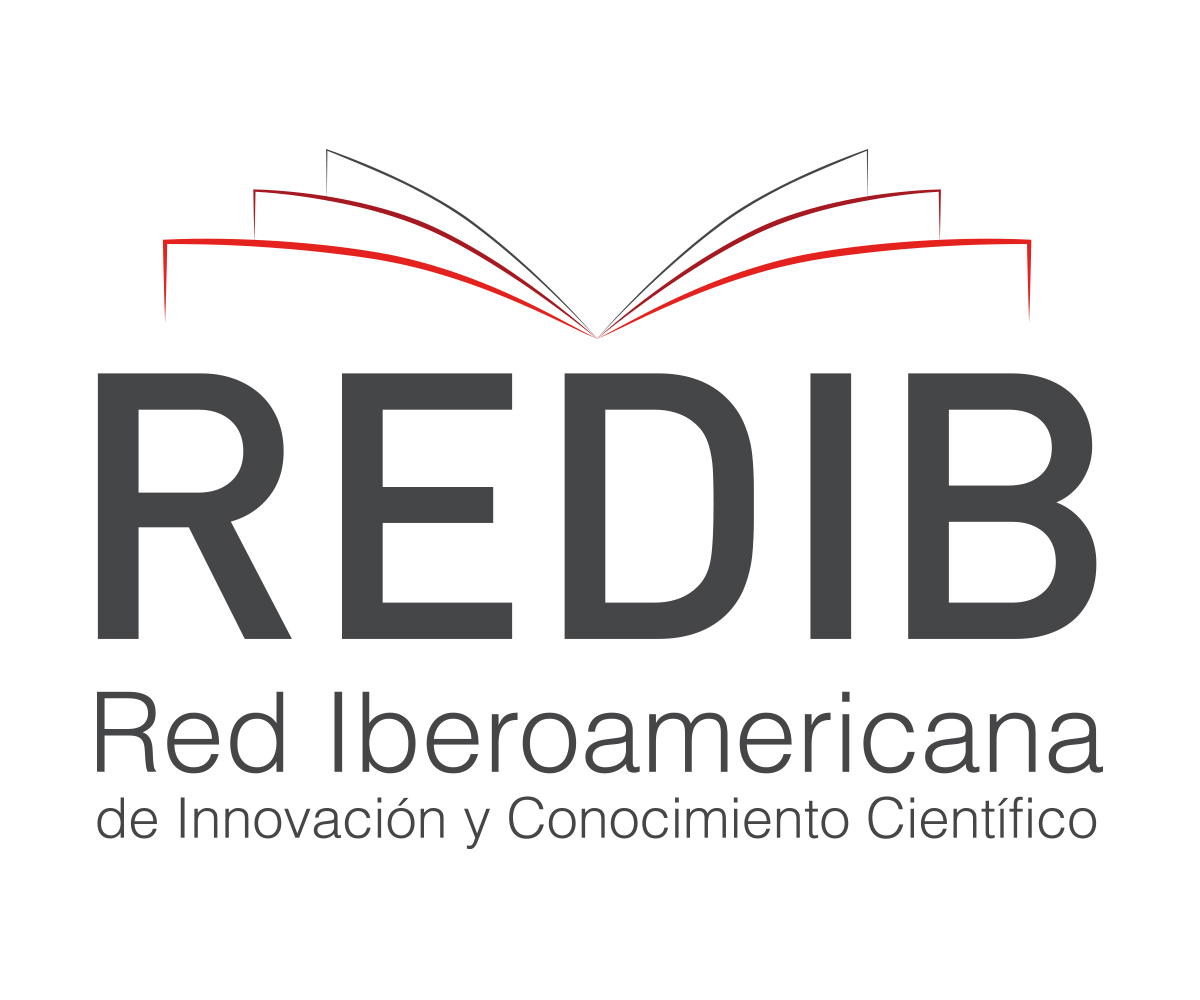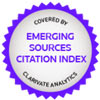Las remesas como determinantes del gasto en las zonas rurales de México
Remittances as expenditure drivers in rural Mexico
https://doi.org/10.21670/ref.2016.33.a09
Palabras clave:
remesas, migración, hogares rurales, patrones de gastoResumen
En este trabajo se presentan diferentes especificaciones empíricas para probar el impacto de las remesas nacionales e internacionales en los patrones de gasto de los hogares rurales mexicanos. Utilizando la Encuesta Nacional de Ingresos y Gastos de los Hogares de 1988 a 2012 se desarrolla un enfoque econométrico que considera la censura en distintas categorías de gasto y controla el efecto de las remesas a nivel hogar. Los resultados indican efectos significativos de las remesas internas y externas sobre los patrones de gasto de los hogares; estas fuentes de ingreso no son fungibles y remodelan la demanda de los hogares de forma independiente al ingreso total. Los efectos en cada categoría de gasto son diferentes por tipo de remesas. Las remesas internas estimulan en mayor medida categorías relacionadas con las inversiones en desarrollo humano, salud y educación; mientras que las remesas externas estimulan categorías relacionadas con inversiones en capital físico.Abstract In this work we present different empirical specifications to test for the impact of domestic and international remittances on expenditure patterns in rural Mexican households. Using data from the National Survey of Household Income and Expenditure from 1998 to 2012 we develop an econometric approach that deal with censoring on various expenditure categories while controlling for remittances at the household level. Our findings indicate that there is evidence of significant effects of internal and external remittances on household expenditure patterns; these income sources are not fungible and reshape household demands in ways that are independent of total income. Effects on each expenditure category are different for each type of remittance income. Internal remittances seem to stimulate more categories related to human development investments, health and education, while external remittances do it with physical capital investments.
Citas
Adams, R. H. Jr. (1998). Remittances, Investment and Rural Asset Accumulation in Pakistan. Economic Development and Cultural Change, 47(1), 155–173.
Adams, R. H. Jr. (2011). Evaluating the Economic Impact of International Remittances on Developing Countries Using Household Surveys: A Literature Review. The Journal of Development Studies, 47(6), 809–828.
Adams, R. H. Jr. and Cuecuecha, A. (2010). Remittances, Household Expenditure and Investment in Guatemala. World Development, 38(11), 1626–1641.
Adams, R. H. Jr., Cuecuecha, A. and Page, J. (2008). Remittances, Consumption and Investment in Ghana (World Bank Policy Research Working Paper Series No. 4515). Washington, District of Columbia: World Bank.
Alcaraz, C., Chiquiar, D. and Salcedo, A. (2012). Remittances, Schooling and Child Labor in Mexico. Journal of Development Economics, 97(1), 156–165.
Alderman, H. (1996). Saving and Economic Shocks in Rural Pakistan. Journal of Development Economics, 51(2), 343–365.
Amemiya, T. (1974). Mutivariate Regression and Simultaneous Equation Models When the Dependent Variables are Truncated Normal. Econometrica, 42(6), 999–1012.
Barham, B. and Boucher, S. (1998). Migration, Remittances and Inequality: Estimating the Net Effects of Migration on Income Distribution. Journal of Development Economics, 55(2), 307–331.
Borraz, F. (2005). Assessing the Impact of Remittances on Schooling: the Mexican Experience. Global Economy Journal, 5(1), 1–32.
Calderón, C. and Huesca, L. (2014). Profile of earners and remittances in Mexico: a relative deprivation approach. Accounting and Management: International Journal, 59(3), 11–33.
Canales, A. and Montiel, I. (2004). Remesas e inversión productiva en comunidades de alta migración a Estados Unidos. El caso de Teocaltiche, Jalisco. Migraciones Internacionales, 2(3), 142–172.
Chami, R., Fullenkamp, C. and Jahjah, S. (2005). Are Immigrant Remittance Flows a Source of Capital for Development? International Monetary Fund (IMF) Staff Paper, 52(1), 55–81.
Chen, J. T. (2006). Migration and Imperfect Monitoring: Implications for Intra–Household Allocation. The American Economic Review, 96(2), 227–231.
Clément, M. (2011). Remittances and Household Expenditure Patterns in Tajikistan: A Propensity Score Matching Analysis. Asian Development Review, 28(2), 58–87.
Cornelius, W. (1990). Labor Migration to the United States: Development Outcomes and Alternatives in Mexican Sending Communities. Washington, District of Columbia: Commission for the Study of International Migration and Cooperative Economic Development.
Cuecuecha, A. (February, 2008). The Effect of Remittances and Migration on Human Capital: Evidence from Mexico (Working paper No. 455). Mexico: Centro de Investigación y Docencia Económicas.
Deaton, A. and Muellbauer, J. (1980). An Almost Ideal Demand System. American Economic Review, 70(3), 313–326.
Duflo, E. and Udry, C. (May, 2004). Intrahousehold resource allocation in Cote D’Ivoire: social norms, separate accounts and consumption choices (NBER Working Paper No. 10498). Cambridge, Massachusetts: National Bureau of Economic Research.
Durand, J. and Massey, D. S. (1992). Mexican Migration to the United States: A Critical Review. Latin American Research Review, 27, 3–42.
Edwards, A. and Ureta, M. (2003). International Migration, Remittances and Schooling: Evidence from El Salvador. Journal of Development Economics, 72(2), 429–461.
Escobar, A. and Martínez, M. de la O. (1990). Small–scale Industry and International Migration in Guadalajara, Mexico (Working Paper No. 53). Washington, District of Columbia: Commission for the Study of International Migration and Cooperative Economic Development.
Goldring, L. (1990). Development and Migration: A Comparative Analysis of Two Mexican Migrant Circuits. Washington, District of Columbia: Commission for the Study of International Migration and Cooperative Economic Development.
Haas, H. de (2010). Migration and Development: A Theoretical Perspective. International Migration Review, 44(1), 227–264.
Hanson, G. H. and Woodruff, C. (2003). Emigration and Educational Attainment in Mexico. United States: National Bureau of Economic Research, University of California–San Diego, Mimeo.
Heien, D. and Wessells, C. R. (1990). Demand systems estimation with microdata: a censored regression approach. Journal of Business and Economic Statistics, 8(3), 365–371.
Hildebrandt, N. and McKenzie, D. (2005). The Effects of Migration on Child Health in Mexico. Economía, 6(1), 257–289.
Huesca, L. and Calderón, C. (2011). Determinación de remesas en familias de migrantes calificados y no calificados en México. In J. Aguirre and J. Lenin (Coords.), Transnacionalismo y Desarrollo en México (1ª ed., pp. 39–52). Mexico: Asociación Nacional de Instituciones de Docencia en Investigación Económica, El Colegio de Tlaxcala, Universidad Michoacana de San Nicolás de Hidalgo.
Jabarin, A. S. (2005). Estimation of meat demand system in Jordan: an almost ideal demand system. International Journal of Consumer Studies, 29(3), 232–238.
Lazaridis, P. (2003). Household Meat Demand in Greece: A Demand System Approach Using Microdata. Agribusiness, 19(1), 43–59.
Lee, L. (1981). Simultaneous Equation Models with Discrete and Censored Dependent Variables. In Manski, P. and McFadden, D. (Eds.), Structural Analysis and Discrete Data with Econometric Applications (pp. 346–364). Cambridge, Massashusetts: MIT Press.
López–Córdova, E., Tokman, A. and Verhoogen, E. (2005). Globalization, Migration and Development: The role of Mexican Migrant Remittances. Economía, 6(1), 217–256.
Lozano, F., Huesca, L. and Valdivia, M. (March, 2010). Contribución de las remesas a los ingresos públicos en México (Working Paper No. 1). Chicago, Illinois: National Alliance of Latin American and Caribean Communities.
Massey, D. S., Alarcón, R., Durand, J. and González, H. (Eds.). (1987). Return to Aztlan: The Social Process of International Migration from Western Mexico. United States: University of California Press.
Medina, C. and Cardona, L. (2010). The Effects of Remittances on Household Consumption, Education Attendance and Living Standards: the Case of Colombia. Lecturas de Economía, (72), 11–43.
Papademetrious, D. G. and Martin, P. L. (Eds.). (1991). The Unsettled Relationship: Labor Migration and Economic Development. New York: Greenwood Press.
Pederzini, C. and Meza, L. (2009). Migración internacional y escolaridad como medios alternativos de movilidad social: el caso de México. Estudios Económicos, número extraordinario, 163–206.
Perali, F. and Chavas, J. P. (2000). Estimation of Censored Demand Equations from Large Cross–Section Data. American Journal of Agricultural Economics, 82(4), 1022–1037.
Quinn, Michael A. (2006).Relative Deprivation wage differentials and Mexican migration. Review of Development Economics, 10(1) 135–153.
Randazzo, T. and Piracha, M. (2014). Remittances and Household Expenditure Behaviour in Senegal (Discussion Paper No. 8106). Germany: The Institute for the Study of Labor IZA.
Ratha, D., Mohapatra, S. and Xu, Z. (2008). Migration and development brief. Washington, District of Columbia: Migration and Remittances Team, Development Prospects Group, World Bank.
Reichert, J. S. (1981). The Migrant Syndrome: Seasonal U.S. Wage Labor and Rural Development in Central Mexico. Human Organization, 40(1), 56–66.
Rubenstein, H. (1992). Migration, Development and Remittances in Rural Mexico. International Migration, 30(2), 127–153.
Shonkwiler, J. S. and Yen, S. T. (1999). Two–step estimation of a censored system of equations. American Journal of Agricultural Economics, 81(4), 972–82.
Simiyu, C. N. (2013). Remittance and Household Expenditures in Kenya. Journal of Emerging Issues in Economics, Finance and Banking, 2(3), 718–728.
Suarez, J. C and Avellaneda, Z. (2007). Juanita´s Money Order: Income effects on Human Capital Investment in Mexico. Mexico: Fundación IDEA.
Taylor, J. E. and Mora, J. (February, 2006). Does Migration Reshape Expenditures in Rural Households? Evidence from Mexico. (World Bank Policy Research Working Paper No. 3842). Washington, District of Columbia: World Bank.
Taylor, J. E., Massey, D. S., Arango, J., Hugo, G., Kouaouci, A. and Pellegrino, A. (1996). International Migration and Community Development. Population Index, 62(3), 397–418.
Taylor, J. E., Mora, J., Adams, R. and López–Feldman, A. (2008). Remittances, Inequality and Poverty: Evidence from Rural Mexico. In J. DeWind and J. Holdaway (Eds.), Migration and Development Within and Across Borders: Research and Policy Perspectives on Internal and International Migration (pp. 101–130). Geneva: International Organization for Migration.
Taylor, J. E., Rozelle, S. and de Brauw, A. (2003). Migration and Incomes in Source Communities: A New Economics of Migration Perspective from China,Economic Development and Cultural Change, 52(1), 75–101.
Thomas, D. (1990). Intra–household Resource Allocation: An Inferential Approach. The Journal of Human Resources, 25(4), 635–664.
United Nations (UN). (2013). International Migration Report 2013. New York, New York: Department of Economic and Social Affairs, Population Division.
Woodruff, C. and Zenteno, R. (2007). Migration Networks and Microenterprises in Mexico. Journal of Development Economics, 82(2), 509–528.
World Bank. (2013). World Development indicators 2013. Washington, District of Columbia: Author.
Yaméogo, N. D. (2014). Analysis of Household Expenditures and the Impact of Remittances using a Latent Class Model: the Case of Burkina Faso (Working Paper Series No 200). Tunis, Tunisia: African Development Bank.
Yang, D. (2005). International Migration, Human Capital and Entrepreneurship: Evidence from Philippine Migrants’ Exchange Rate Shocks (Policy Research Working Paper Series No. 3578). Washington, District of Columbia: World Bank.
Zarate–Hoyos, A. (2004). Consumption and Remittances in Migrant Households: Toward a Productive Use of Remittances. Contemporary Economic Policy, 22(4), 555–565.































